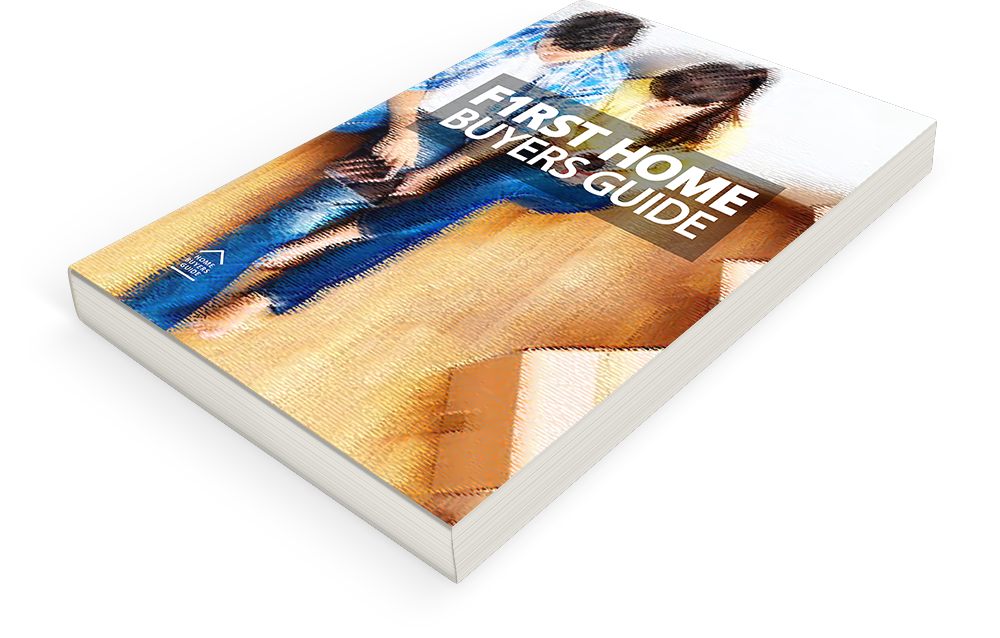
OUR APPROACH
THE PROCESS
YOUR EXPERIENCE
Ready for a chat? Book in a 20-minute consulation now

What is the Advantage in Fortnightly Repayments?
Let me let you in on one of the mortgage world’s worst-kept secrets: you can pay off your loan faster without changing your budget —

What is the Real Impact of a Daily Cup of Coffee on Your Mortgage?
We’ve all heard the cliché: “Give up your daily coffee and you’ll own a home.” While it’s often delivered with a sanctimonious chuckle by economists

A Look at 30 Ways To Pay Off Your Home Loan Sooner
To suggest that there are only 14 or even 15 ways to pay off your home loan sooner is somewhat deceptive because countless factors can

What is a Conveyancer and What Role Do They Play in Borrowing?
If you’re new to the world of property ownership, you might be wondering what role a conveyancer plays in the buying and selling process. While
What Others Have to Say...






A Better Rate. A Better Structure. Better Service.
Hundreds of products from up to 40 Lenders, including the Big Banks
Renovating Your Home To Be More Sustainable and Energy Efficient may Qualify You For a Lower-Rate Green Loan ..
The Green Home Offer provides a discount on your Standard Variable Rate home loan for eligible customers who buy, build or renovate their homes to be more sustainable and energy efficient. Eligibility criteria applies.
Looking for Business, Personal, SMSF, or other Finance?
We can provide financial solutions for business, personal, equipment, and other needs.
■ ■ ■








































